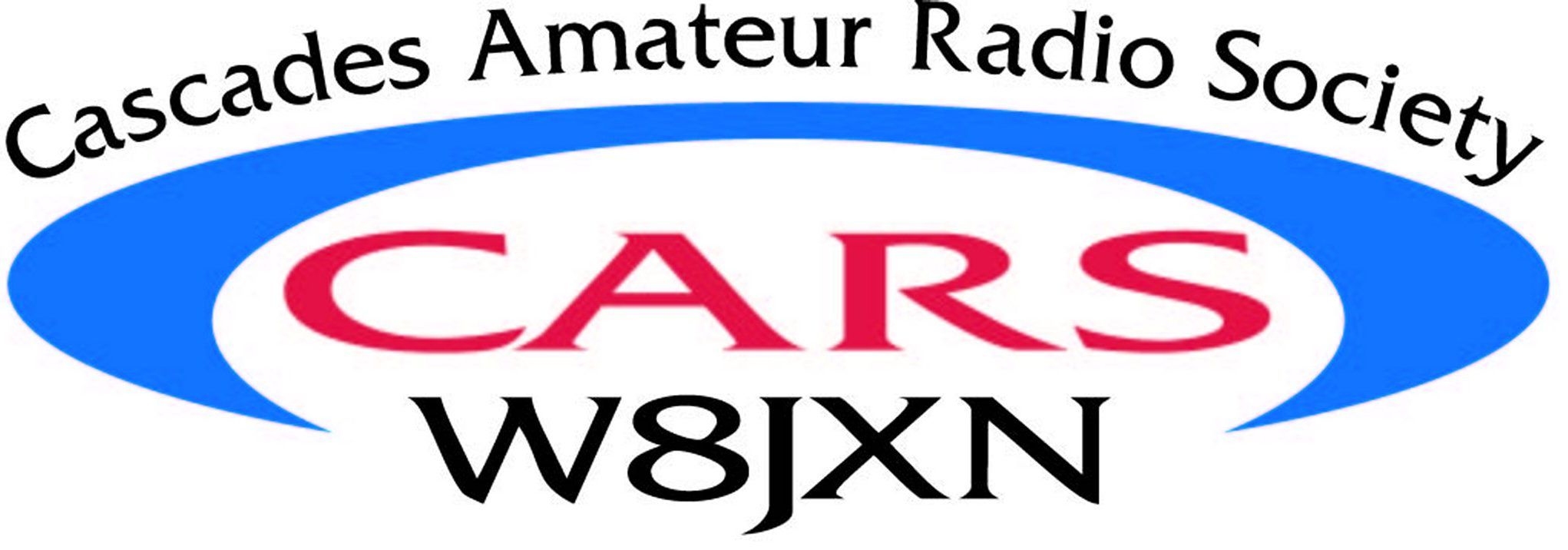The mag mount antenna may possibly be categorized as a commodity in both amateur radio and all hobbyist communications. Its installation is pretty much plug-and-chug except for a slight positioning of the transmitting element by means of a set screw. The user of the mag mount antenna typically uses an SWR meter to position the…
Blog
A Dipole Antenna Build
The dipole antenna is the mainstay of amateur radio. It is simple and easy to understand, yet absolutely full of nuances to be aware of. For the July meeting of the Chelsea Amateur Radio Club (see: WD8IEL.com) our own vice-president, Wes Cardone (N8QM) is giving a presentation on an actual build of a dipole antenna….
A Dipole Feedpoint Distance From Ground and Impedance
It is well known that the input impedance of a dipole antenna is largely dependent upon the height of its feed point above the ground plane. In this blog post, we will quantify the dipole input impedance with respect to its height above the ground plane. A dipole antenna is affected by the height of…
Receiver Performance by Bob Sherwood
Our own Dale Cole (K8TS) suggested that we put this video up for club members to view. Here is an interesting YouTube presentation from Bob Sherwood. Bob, if you are not aware, is the leading expert on receiver performance, and especially his results can be used in deciding what radio to buy or consider, depending…
Smith Charts: Nothing To It!!!
Are you intimidated by Smith Charts. I would be too except that when you understand the premise, they are not only plain to use but very helpful in understanding the interactions of physical attributes relevant to electro-magnetics and distribution to the atmosphere. This animation video will walk the beginner through Smith Charts. Prerequisite knowledge required…
Go-Kit Battery Protection
So you are putting together a go-kit with a go-kit battery. I never learned to spell very well so maybe you can help me. How do you spell the word F-I-R-E? It can happen to you with the very powerful Lithium-Ion battery technologies available today. Here is the next question of the day: Do you…
A Go-Bag Battery
Every amateur radio operator ought to have a go-bag. That is, a bag that the amateur can pick up on a moment’s notice, go out into the field with it, and begin transmitting after setting up his or her station. One of the elements of a go-bag is an energy source. But what should you…
Ever Wonder How the J-Pole Antenna Works?
Have you ever wondered about the J-Pole antenna and been intimidated by it trying to figure out how it works? There is a principle that you should always keep in mind when looking analytically at any antenna for the electromagnetic spectrum: they are all merely dipoles in disguise! When you hunt around on the web…
Radio Rocks – by Dave Foster, W3IGT
At the April monthly meeting of the Cascades Amateur Radio Society, a presentation was given by one of our members, Dave Foster (W3IGT), who is a retired geologist. Dave has been in the salt mines underneath Detroit! The title of the presentation was “Radio Rocks.” Sadly, Dave did not wear his Elvis impersonation suit for…
Cell Phone Frequencies
Did you ever wonder what frequencies cell phones use? I always though it was about 900 MHz but look at the table below to see a wide range of bands that are used. The matrix below meshes provider against technology. We can see that 5G distinguishes itself from the others in that it uses 28…
